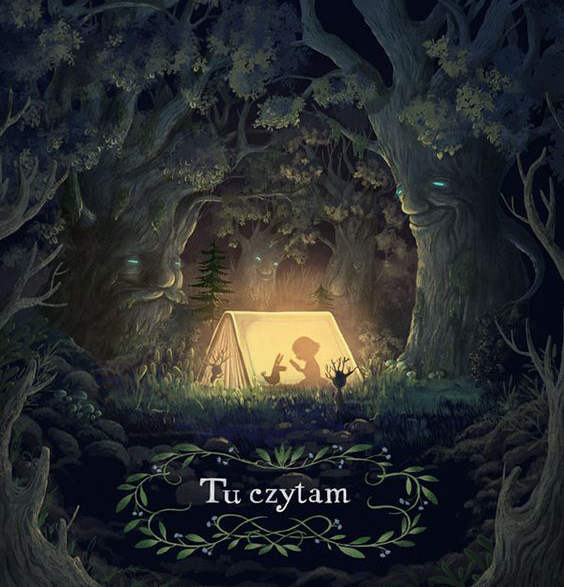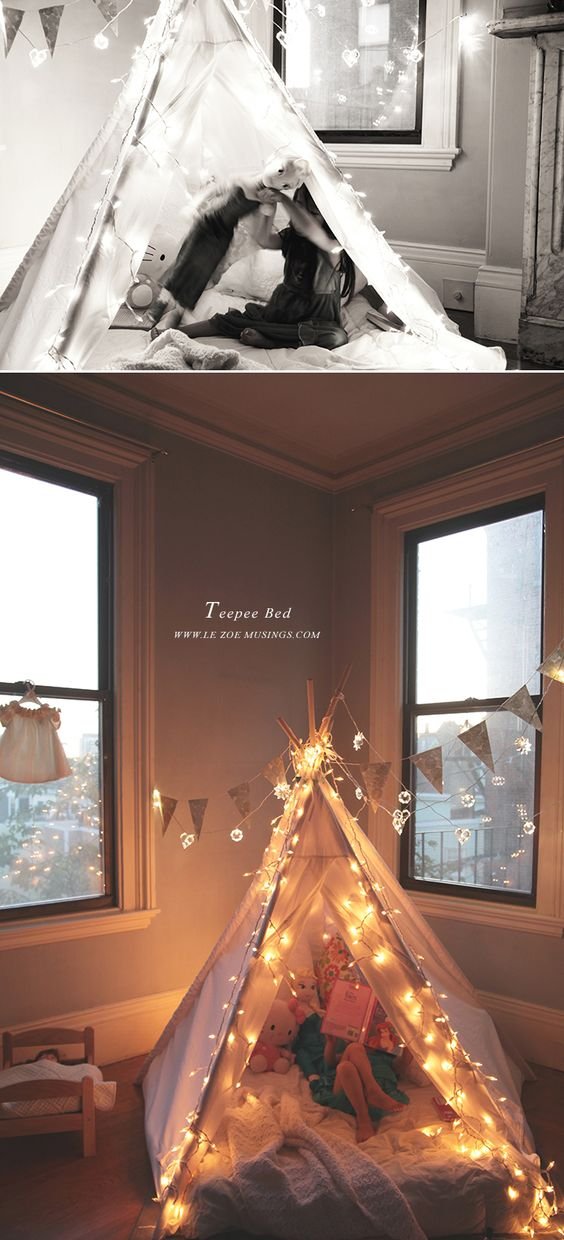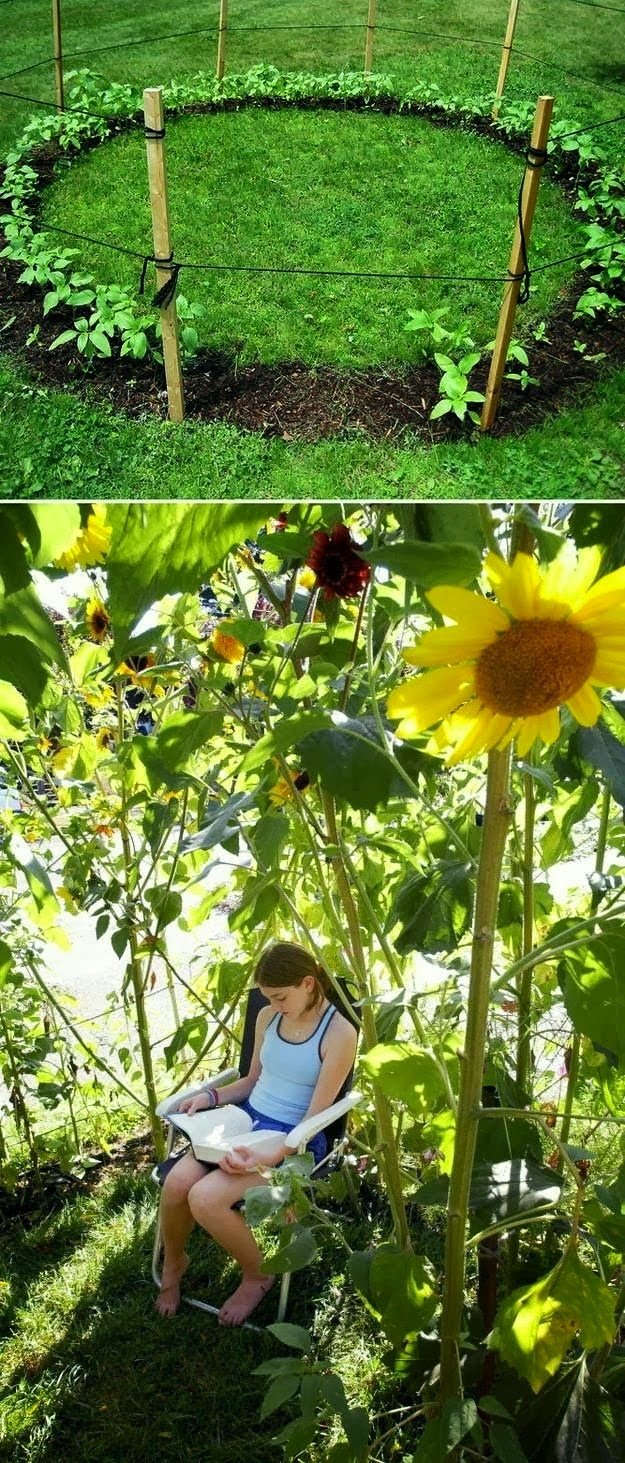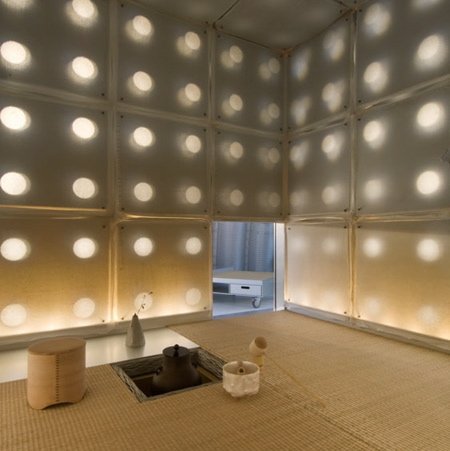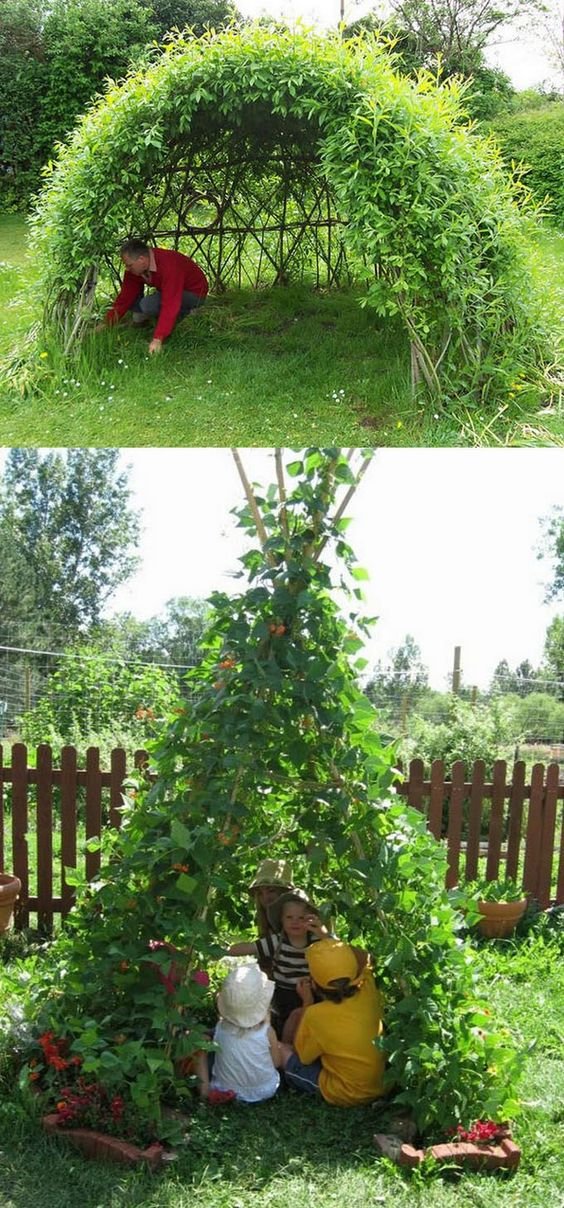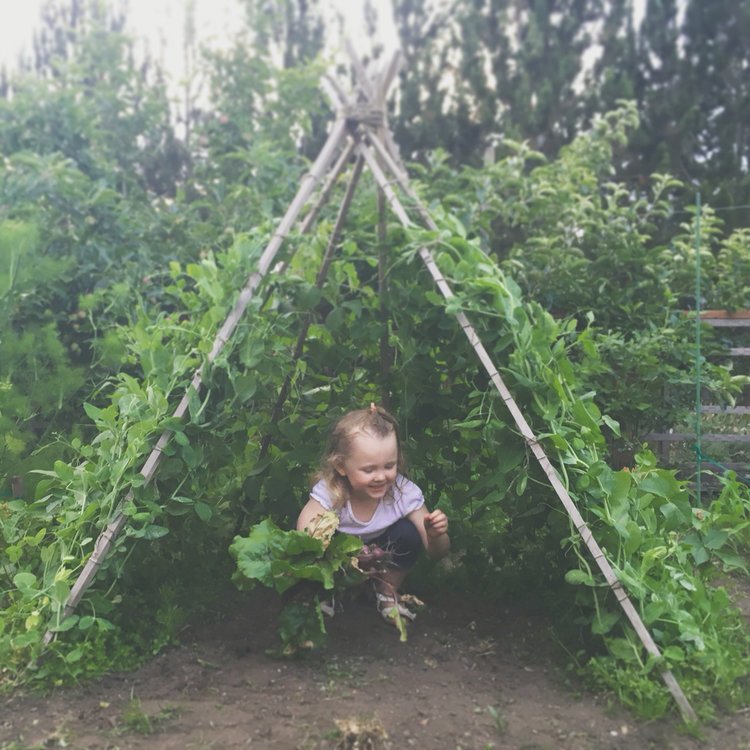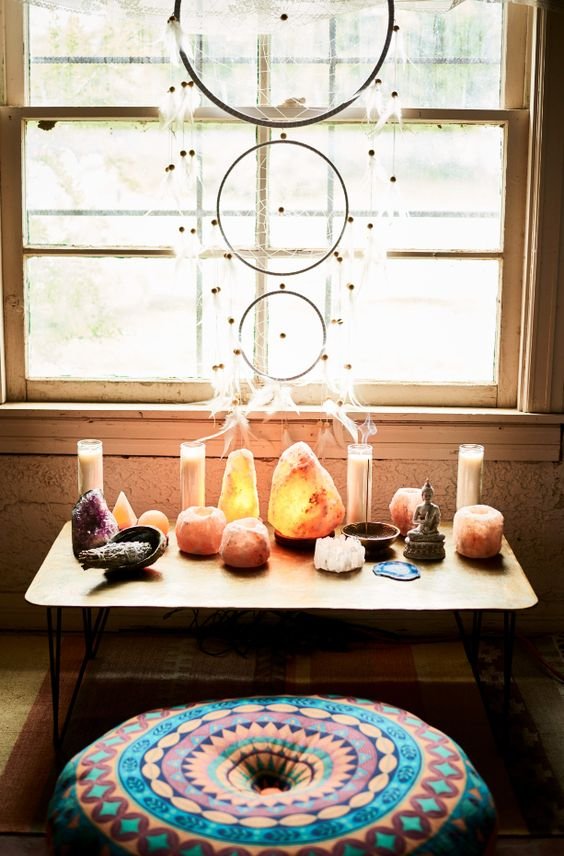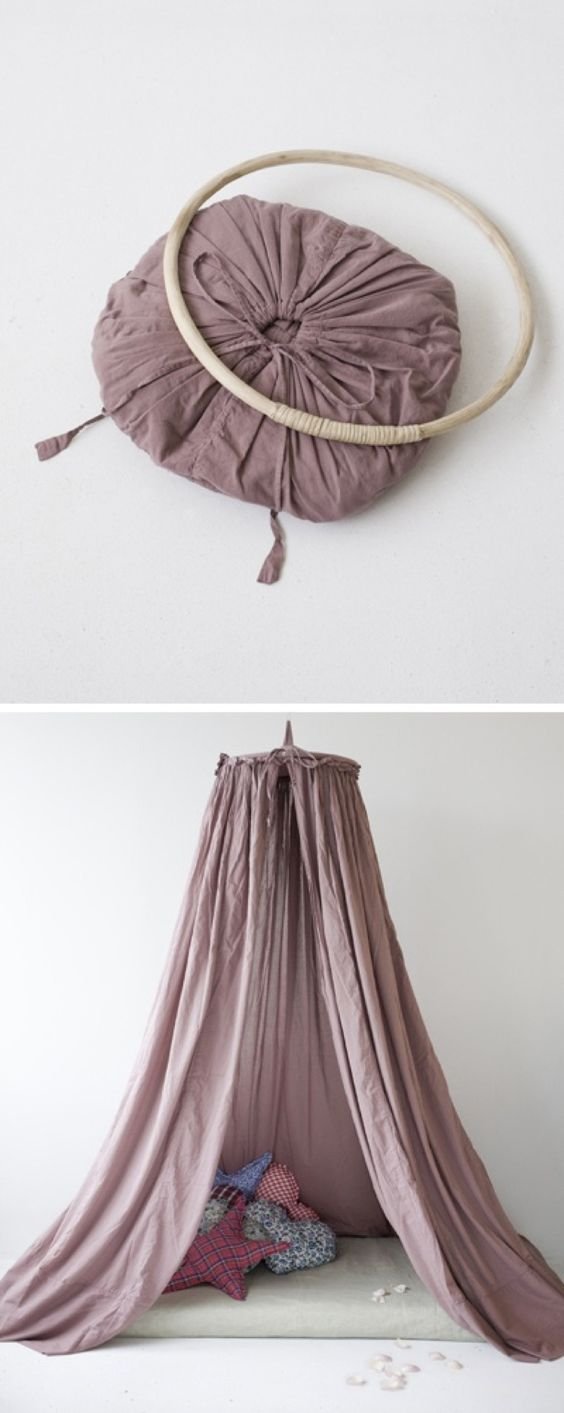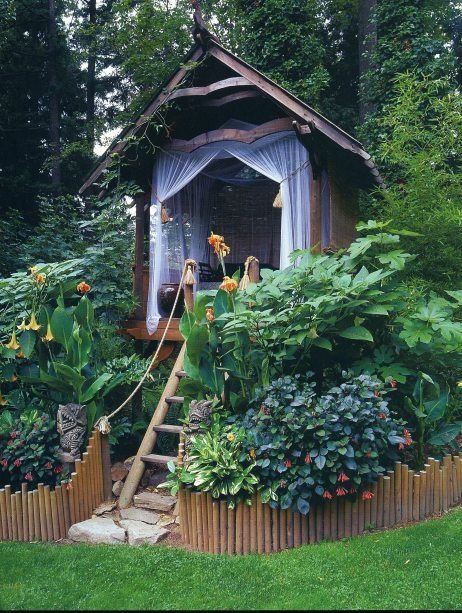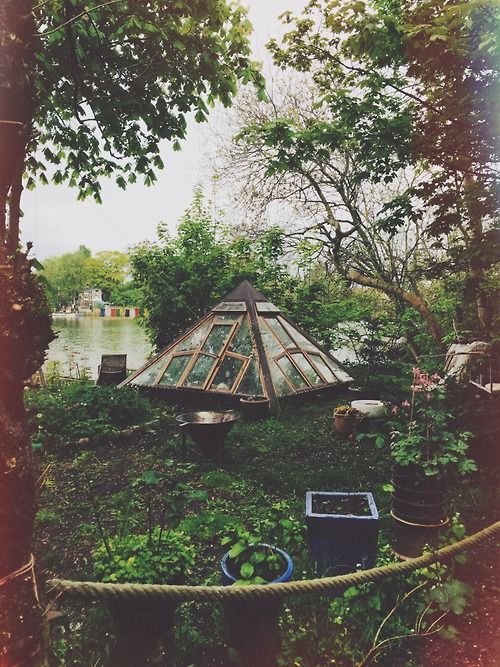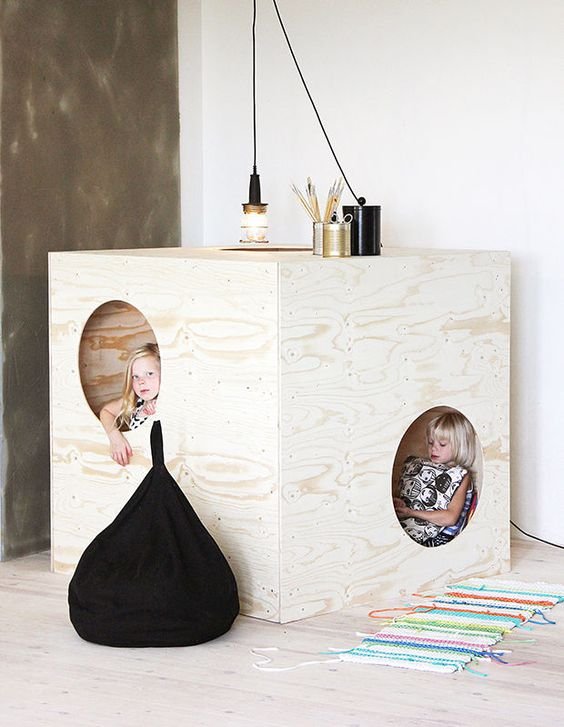How to Create your ‘Peaceful Place’
Last week on the blog, we talked about the need to create a ‘Peaceful Place’ in the home or classroom, or even the workspace if that is possible. We basically looked at the ‘why’ of creating this space.
‘We can make it clear that this is a space that we use to make us feel calm and one that we can design ourselves, filling it with items that make us feel peaceful, that encourage us to be quiet and reflective.’
In part two this week it’s all about the ‘how’! We’re looking at the elements of physical space, comfort items, inspirational items and how to use the space.
1. HOW DOES IT FEEL?
We suggest exploring how you want the physical space to help people feel… e.g. safe, nurtured, calm, grounded
Consider if children are the users that small, cosy spaces will always hold a special place in their hearts as will spaces they had a hand in creating.
2. IDEAS You could engage in brainstorming and mind mapping - starting broadly with general words like ‘cocoon’, ‘sanctuary’, exploring spatial qualities such as ‘light/dark’, ‘soft’ and then gradually becoming more specific as the ideas become more defined.
3. WHERE Also consider the ‘where’
’Is it a corner?’
‘Is it inside or outside?’
‘Can its place be moved?’
You also need to consider how the space is defined – is there a transparent curtain? Perhaps a tepee? A special chair or cushion on the floor next to a small table for inspirational items in a corner? The physical space can be beautiful and inspiring and a real project to focus a lot of energy on or it may be quite simple and quick – it’s a very personal space so it’s up to you!
4. MOOD BOARD We have created our own mood board on Pinterest here that you may find helpful. You may like to create your own mood board for inspiration, clarity, and direction.
5. Comfort
The space needs to be one of comfort which doesn’t mean luxury but it does mean paying attention to:
Textures, softness and warmth with rugs, shawls, soft socks, cushions, beanbags
Igniting the senses – perhaps an aromatherapy vaporiser with an essential oil (if the children are older and responsible or if it’s for you but not candles with kids of course!)
Supervised use of essential oils on the wrist
Sounds – noise cancelling headphones if by necessity there is noise around, gentle calming music can be played but nothing too stimulating
A feely box – a box with a hole in the side and inside various sensory objects for feeling – it’s very present moment inducing
A salt lamp for keeping the energy clear
6. Inspirational items
Traditionally these items are thought of as inspirational:
Flowers and other items from nature
Crystals
A guided meditation – try our’s Go Walking in Nature and Watch Waves (link here)
A special cushion that is just for meditation (or just sitting with legs crossed on lotus pose to encourage contemplation)
Spiritually themed books to encourage introspection
Beautiful art – hanging or in books
Pictures of loved ones past or present that offer emotional comfort
Paper and pen for writing and drawing
There are so many more that each one of us find inspirational so seek those out and use if appropriate, given your own circumstances.
7. How to Use the space
Creating a quiet space brings up issues more then why we’d do it and how we go about creating it. Naturally our minds gravitate to what happens in it. I have raised some points to consider and there will be more I’m sure but remember there is no ‘correct’ answer. It is all personal choice and whatever works for the users of the space. The point is that the space used and that it becomes a place of quiet, peaceful refuge where being calm and going slow is experienced on a regular basis.
Can you stay for as long as you like or are there time constraints? If there are consider a timer
Is it a talking free space?
Is it to be used only alone?
Is it free of food, technology (other than audio)
Before entering the space, you could consider things like – breathe deeply and symbolically leave your worries outside
Consider using symbolic objects that suggest you are entering into a different space – eg a lamp that is turned on when you enter to indicate we are now quiet, peaceful and slow
You could make a sign that says something like this: ‘Before you enter this space, always take a moment to breathe deeply, to gather your thoughts , to feel connected to yourself’
Consider upon entering those that use it recall what they are grateful for, to remember those things and people that make us feel thankful
You can vary how it is used. For example, the use of the space could be the culmination of a nature walk where items of beauty and inspiration are gathered and placed in the space as a very personal contribution to their time enjoying the “Peaceful Place’ or whatever name you have chosen for it.
Those experiencing this refuge and the benefits it brings can hopefully, progressively transfer those feeling into their lives in other spaces and circumstances to create a more mindful, calm and peaceful life.


